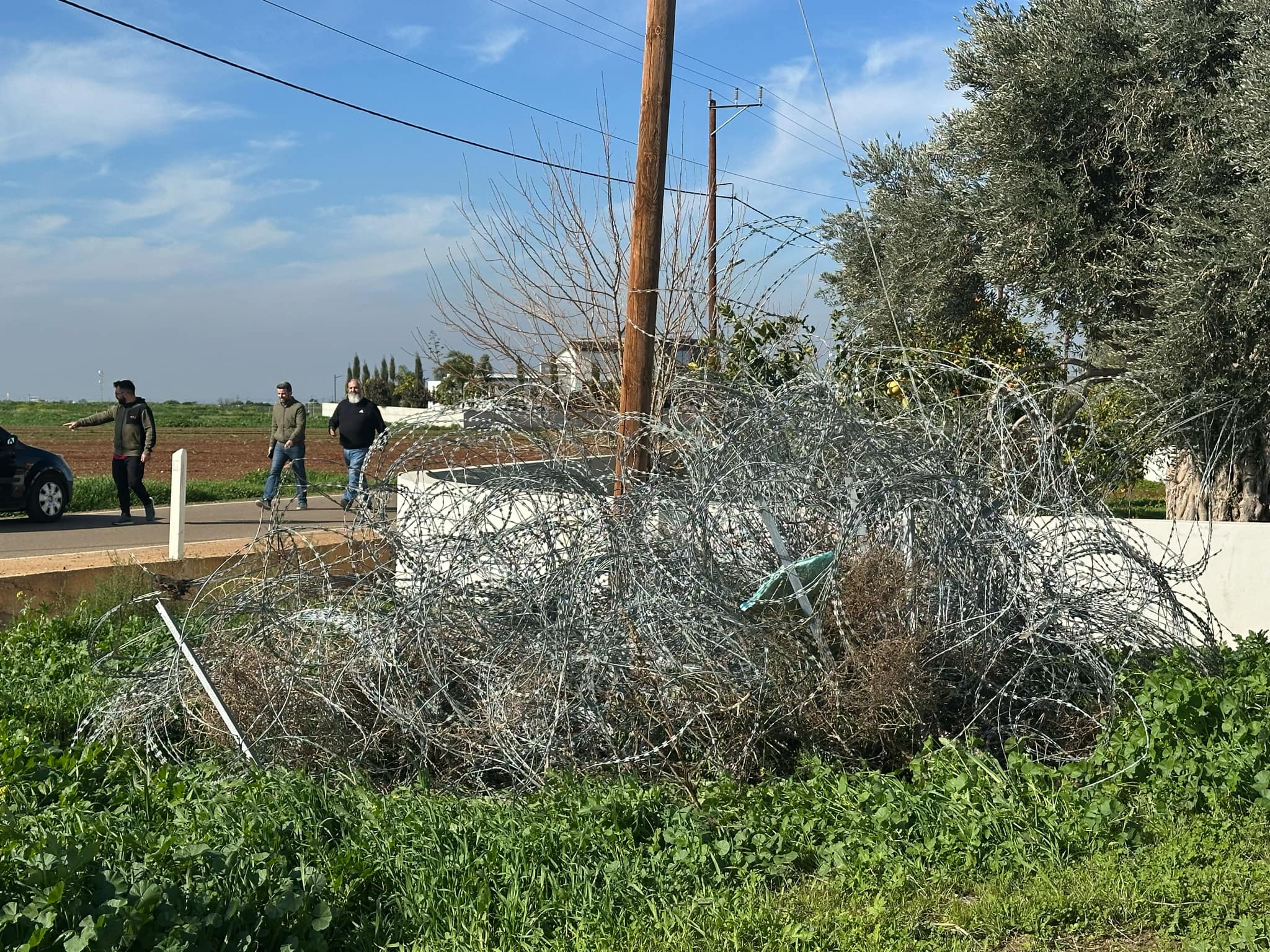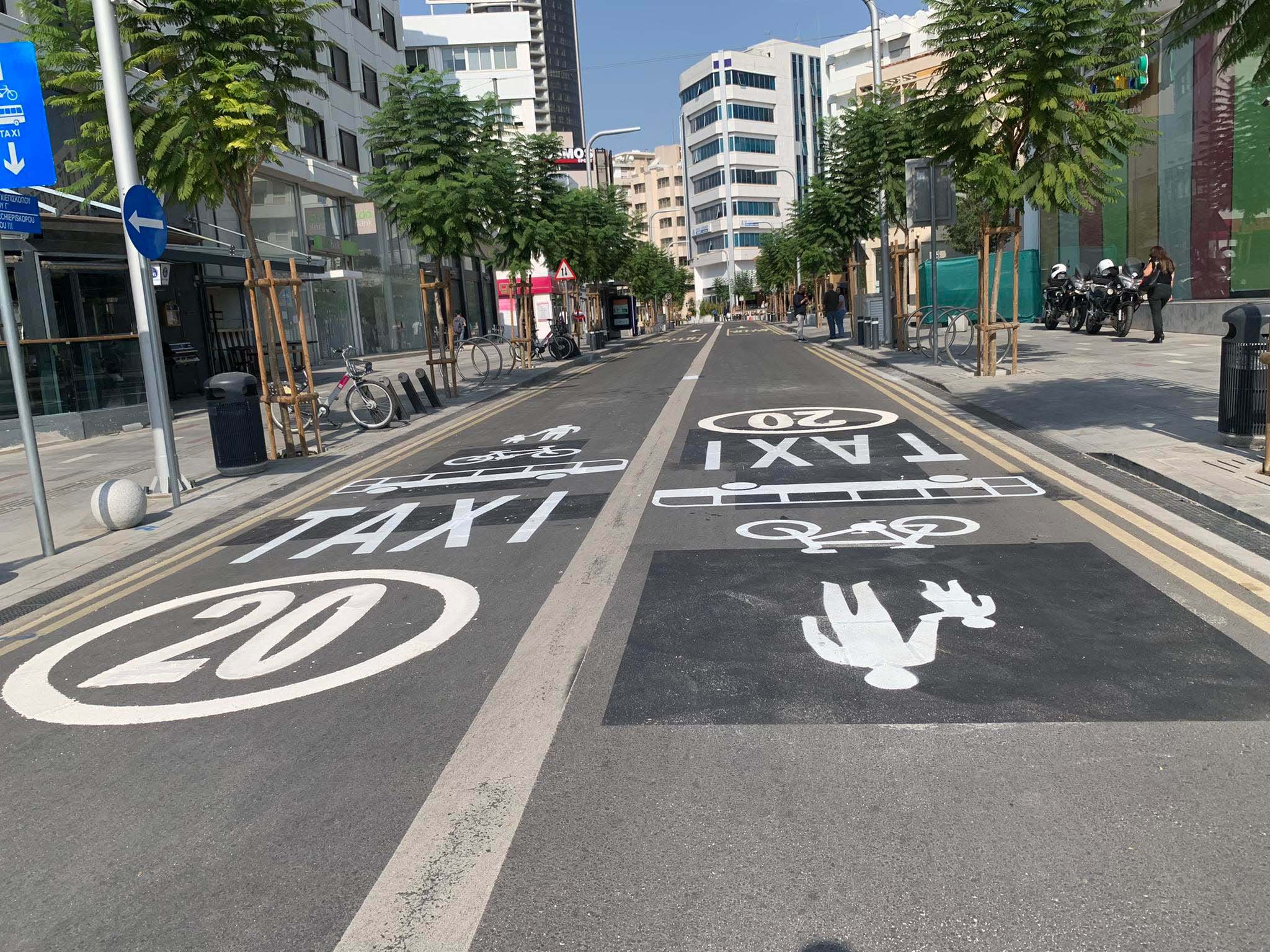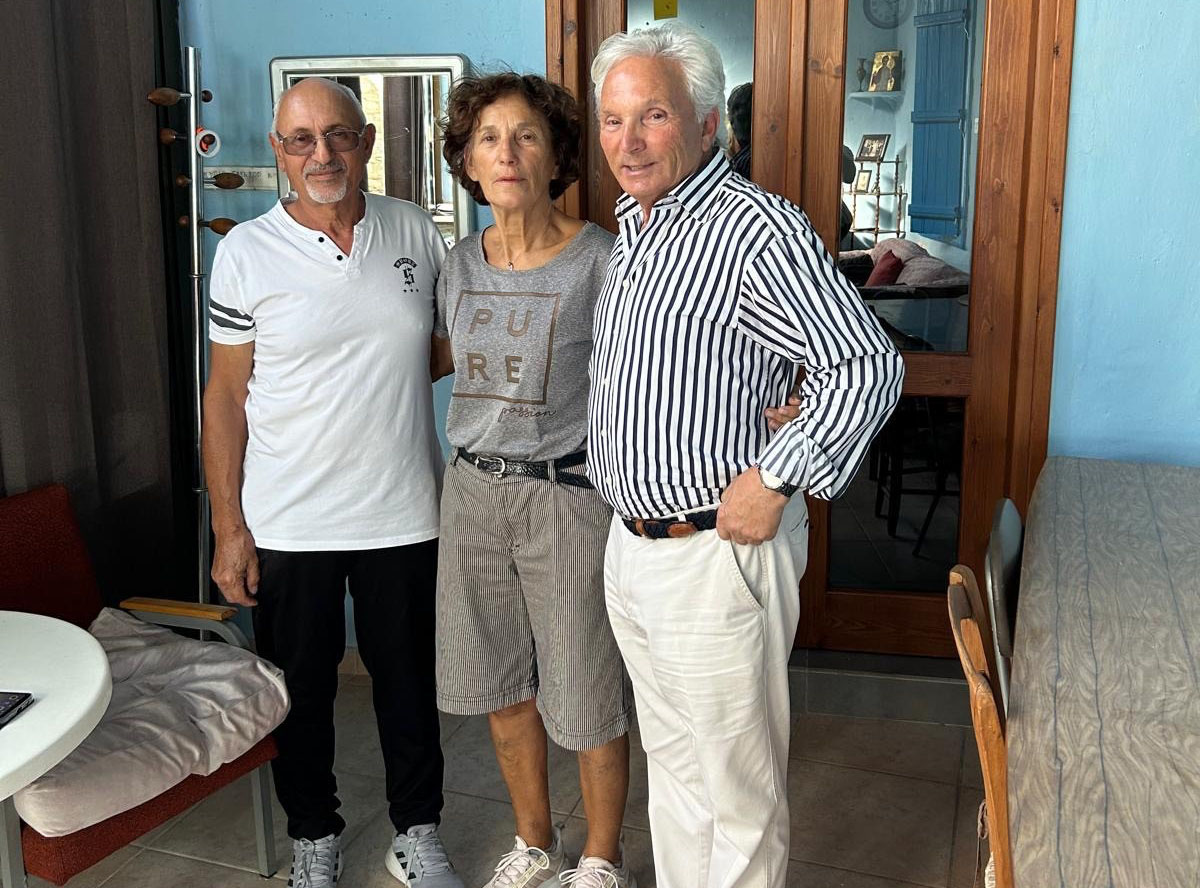The dismantling of the controversial barbed wire fence which had been placed in and around Cyprus’ buffer zone near the villages of Akaki, Peristerona, and Astromeritis to kerb migrant flows has begun, United Nations peacekeeping force in Cyprus (Unficyp) spokesman Aleem Siddique said on Friday.
However, he told the Cyprus Mail, thus far, only parts of the fence which were placed outside the buffer zone in areas controlled by the Republic have been removed.
“The Republic of Cyprus has told us that they have begun dismantling the fence, but the fence we have observed to have been dismantled is outside the buffer zone. They have not yet started on the parts which are in the buffer zone,” he said.
He added that UN personnel are currently conducting “daily checks” in the areas where the fence was placed, and that they are “keeping a close eye” on developments.
The first political party to comment on the matter was the Animal party, which said on Friday that the fence’s removal “not only constitutes a matter of protecting people and their freedom of movement, but also the freedom of movement of wild and domestic animals which fell into the barbed wire and died a slow and horrible death”.
The fence had featured in a draft of UN Secretary-General Antonio Guterres’ latest six-monthly report on Cyprus seen by the Cyprus Mail, with Guterres writing that the fence is “unauthorised” and “has not been removed, despite the fact that cabinet had approved its removal during the reporting period”.
This, he had written, had come “following an acknowledgement that the fence had no impact on migrant flows”.
Migration Deputy Minister Nicholas Ioannides had said on January 2 that the fence would be removed “within January”, adding that “technical teams have been formed” to remove it.
Newspaper Phileleftheros had reported in October that cabinet had approved a decision to remove it, with Siddique telling the Cyprus Mail at the time that the barbed wire had been placed in those areas “against the protests of the UN mission”.
Justice Minister Marios Hartsiotis said at the time that the government had decided that police patrols on the Green Line would increase after the barbed wire was removed, with CCTV cameras also set to be placed in the area.
Three months earlier, deputy government spokesman Yiannis Antoniou had said a decision to remove the barbed wire “had been taken in principle”, and that it had been clear from observed migrant flows during the summer of 2023 that the barbed wire “does not serve is purpose”.
Astromeritis mukhtar Aris Constantinou had told the Cyprus Mail earlier that people in his village are facing difficulties in tending their farmland in the buffer zone, and that the value of their property and their ability to construct new buildings has also been negatively affected.
Before that, around 200 people from the impacted villages had staged a protest, closing the road between Troodos and the Akaki packing plant to vent their fury.
The barbed wire was initially installed in the spring of 2022 and gained the nickname the “Nouris wire”, named after the interior minister of the day, Nicos Nouris.
It came as the number of people travelling from Turkey to the north and then crossing the Green Line into the Republic of Cyprus to claim asylum increased.







Click here to change your cookie preferences